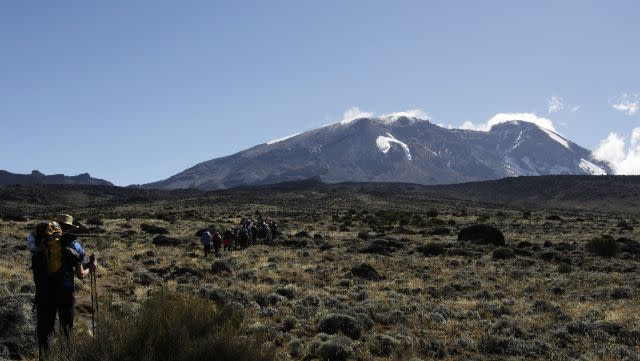Scientists say a rare, recently discovered Tanzanian helium field is a global “game changer”

Scientists have used a new approach in gas exploration to discover a major new helium gas field in the Tanzanian Rift Valley. It could help address a shortage of the rare element, which is used in MRI scanners, space exploration vehicles, and nuclear energy.
Known reserves of helium have been running out. Until now, the gas has never been found intentionally and is usually “accidentally discovered” in small quantities as part of the oil and gas drilling process.
Researchers from the UK’s Durham and Oxford universities working with Helium One, a Norwegian helium exploration company, experimented with a new discovery method and uncovered a “world class” field around the volcanoes of the Rift Valley.
“We show that volcanoes in the Rift play an important role in the formation of viable helium reserves, said Diveena Danabalan, of Durham’s department of Earth Sciences. “Volcanic activity likely provides the heat necessary to release the helium accumulated in ancient crustal rocks.”
In just one part of the field the researchers discovered enough helium to fill 1.2 million MRI scanners.
Global consumption of helium is about 8 billion cubic feet (BCf) per year and the United States Federal Helium Reserve, which is the world’s largest supplier, has a current reserve of just 24.2 BCf, according to Chris Ballentine, a professor at Oxford’s department of earth sciences.
“Total known reserves in the USA are around 153 BCf,” Ballentine said in a press statement. “This is a game changer for the future security of society’s helium needs and similar finds in the future may not be far away.”
Sign up for the Quartz Africa Weekly Brief — the most important and interesting news from across the continent, in your inbox.

Sign up for the Quartz Daily Brief, our free daily newsletter with the world’s most important and interesting news.
More stories from Quartz:

 Yahoo Finance
Yahoo Finance 